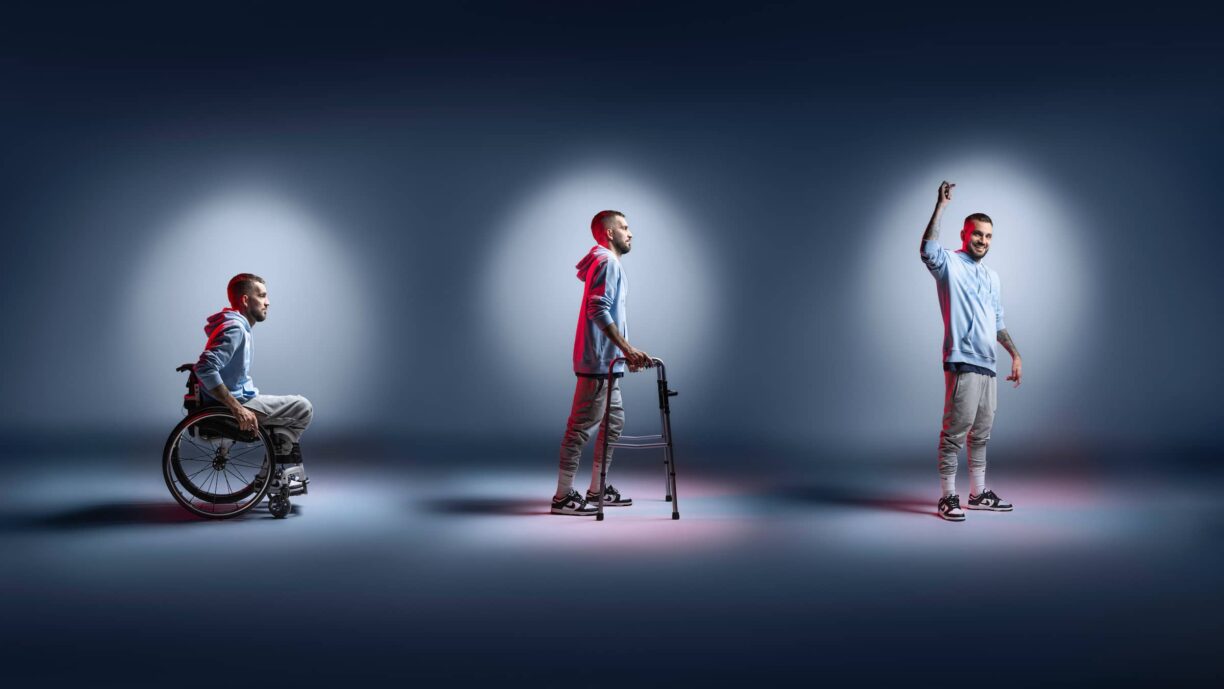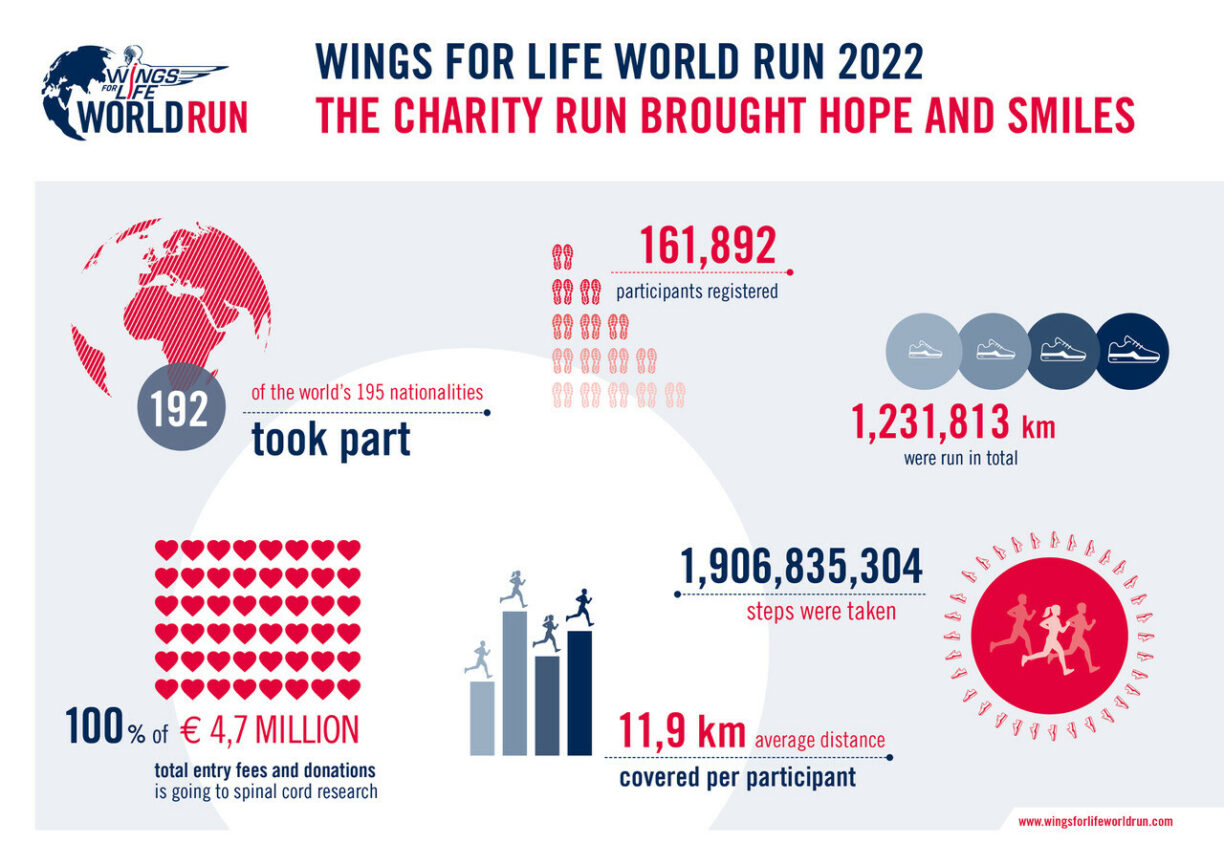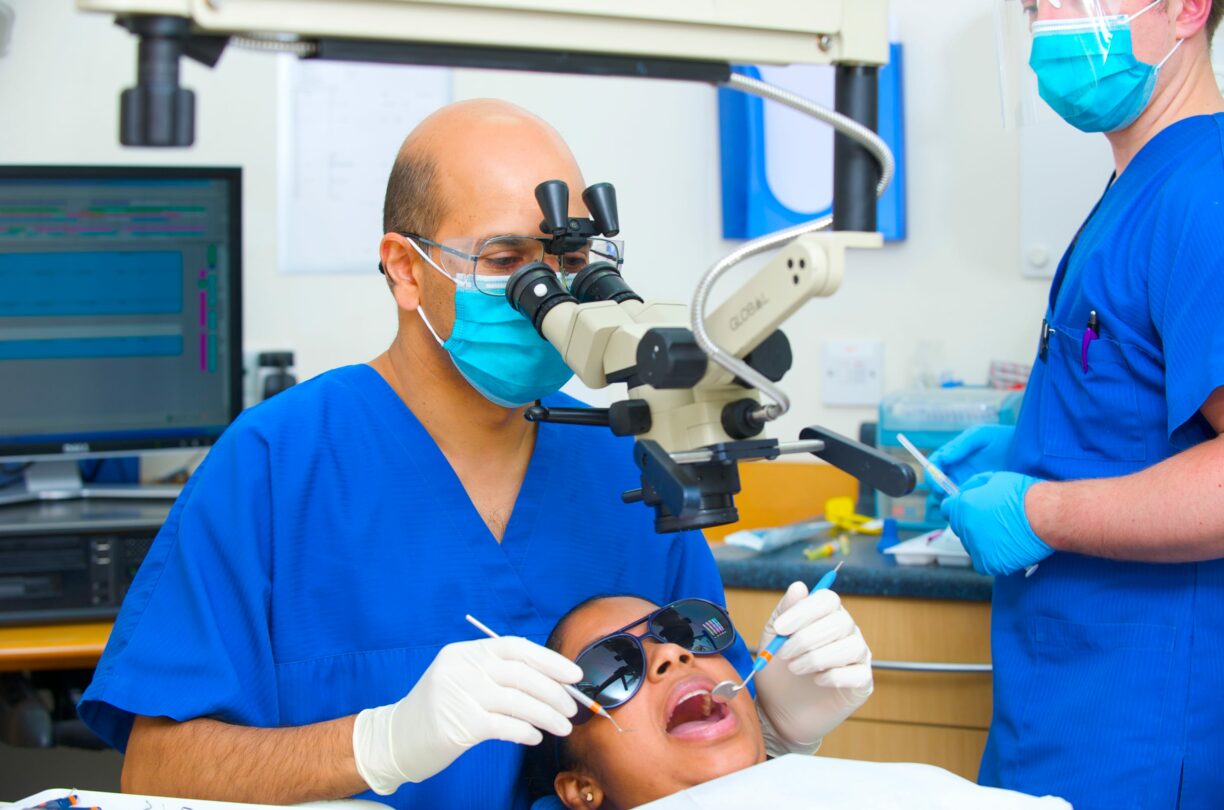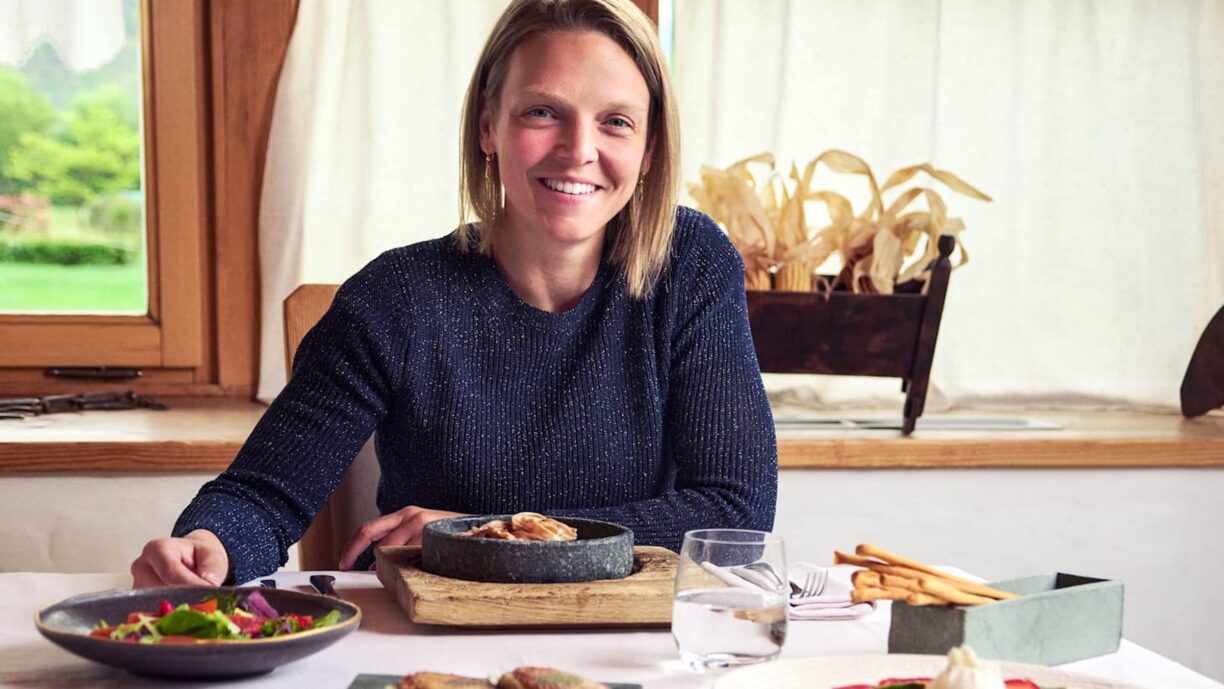Every year, up to 200 projects come across her desk, all with the goal of curing spinal cord injuries. But which ones will also be supported by Wings for Life?
For almost ten years, Dr Verena May has been responsible for exactly that as Coordinator of the foundation. A conversation about promising trials, diplomacy, and the Wings for Life World Run.
Originally, Dr Verena May dealt with stroke patients and their immune systems in her capacity as a human biologist. “As a molecular medicine PhD graduate, I later became more involved in neuroscience and researched plasticity in Parkinson’s patients,” she reflects.

Fields that have prepared her for her multi-faceted and differentiated role today, as Dr Verena May is about to celebrate her 10-year work anniversary as Scientific Coordinator of the Wings for Life Foundation, the non-profit organisation funded by charitable donations from the Wings for Life World Run.
But what does that mean? And most importantly: when will people with spinal cord injuries be cured?
You originally come from a research background yourself. Foundation coordination doesn’t necessarily sound like active research. What are your specific responsibilities?
Dr Verena May: That’s right. I no longer work in research but form the interface between researchers, the foundation, and advisory bodies with the Wings for Life coordination office.
This is where all ideas and information about research projects are bundled, and all parties involved are kept up to date. External communication is also particularly important. We explain which projects are being funded.
Sounds like a job where diplomacy is required to juggle many different wishes.
Dr Verena May: Yes, we are doing a lot of awareness work. We need to establish a dialogue between different parties and mediate well between them.
What do you find the most interesting aspect of your work?
Dr Verena May: The very fact that repair in the central nervous system is one of the most complex problems in science is fascinating. I am driven by the need to shed light on this for patients.
You have been actively monitoring progress for several years. How do you assess the current state of research?
Dr Verena May: Compared to the past, we have made a lot of progress over the last few years. When you consider that the issue of spinal cord injuries was described around 2000 B.C., and there has been no progress until 1945, sadly, it is impressive to see what has been achieved in a relatively short time. It was only after the World Wars that care slowly improved.
Is it because many soldiers returning from the war were affected?
Dr Verena May: Exactly. And as care improved, so did patient survival. Unfortunately, it then took another few years for a fundamental dogma to change: It wasn’t until the early 1980s that researchers realized that contrary to what had been thought the regeneration of nerve fibres in the central nervous system could very well be influenced, and that they could regrow under suitable environmental conditions.
And what specifically has happened in the last ten years?
Dr Verena May: We support numerous projects in basic research, preclinical, and clinical settings. However, an increasing number of clinical trials have focused on this topic in recent years. And that’s a good thing. After all, we don’t just want to advance research; we also want to introduce approaches to clinical testing so that patients ultimately benefit as well.
Is it difficult to find enough affected people for these clinical trials?
Dr Verena May: It is genuinely a major problem finding sufficient suitable patients. Because each spinal cord injury is different, and every clinical trial needs a very specific patient cohort. That complicates things, but we are also working on solutions in this area.
What would these be?
Dr Verena May: Wings for Life has helped launch a website – SCITrialsFinder.net/. This platform for patients discloses clinical trials taking place worldwide in easy-to-understand terms. Patients enter their level of injury and other important information to find the right trial. This is great for those affected, but it also makes it easier for researchers to find ‘ideal’ patients for their clinical trial.
What are the risks for affected individuals who decide to participate in a trial?
Dr Verena May: Naturally, this depends on the individual clinical trials. However, you should always inform yourself well in advance. In legitimate clinical trials, the study center or director also goes through a detailed information sheet with the patient and discusses potential risks. The patient can decide against participation at any time. It is also important to mention that patients do not participate in a trial to be cured…
But why, then?
Dr Verena May: It is more about gaining knowledge for future patients. By participating, patients help the research community. Their individual improvement is, therefore, not the focal point. …
What might a solution for curing spinal cord injury even look like?
Dr Verena May: This is a difficult question, as every injury is different, and the focus of healing always lies elsewhere. For example, having a functioning bladder and bowels is enormously important for patients who can no longer walk.
In contrast, just being able to move a thumb and regain the ability to grasp again make an immense difference to those with a high level of spinal cord injury.
What projects do you think have the most promise at the moment?
Dr Verena May: We are currently funding 74 promising research projects with different approaches. To say that one of these projects is better than the other would not be correct.
However, when a project has reached a clinical testing phase, many hurdles have already been overcome and promises kept. One good example is the new clinical DISCUS trial, which looks at acutely injured patients.
The trial’s aim is for researchers to try to minimize the damage that occurs immediately after injury.
Can you explain that in more detail?
Dr Verena May: The spinal cord swells in the wake of a spinal cord injury. A laminectomy is very often performed on patients for this reason.
This involves removing the bone to make room for the swelling tissue. Researchers on the DISCUS trial believe that this is not enough.
The research team also wants to open one of the three meninges that encase the spinal cord, reseal it with a patch, and thus give the swollen tissue more room without compressing the surrounding tissue.
This is expected to result in functional improvements in patients. Another promising trial is that of Professor Stephen Strittmatter – the Nogo Trap, where a substance is injected into the nerve fluid of the affected person to help stimulate nerve growth again.
So that the ends of the fibres reconnect?
Dr Verena May: No, it is not possible to ‘sew together’ nerve fibres, for everything below the injury site is dead. However, if you adjust the environmental conditions, affected nerve fibres could grow again and restore important body functions.
Neuroplasticity, in turn, involves the redirection of nerve fibres, which can then form connections with other fibres. Vagus nerve stimulation is an example of this.
In chronic patients who have a higher level of injury, the vagus cranial nerve is stimulated, messenger substances are released in the brain, and nerve cells are rewired in this way.
But this only happens when a certain movement is performed. Then the brain learns, so to speak, that something important is happening now and that it should form a new neural connection. It is hoped that this stimulation will restore arm and hand function.
What do I need to bring as a researcher to get the foundation’s attention?
Dr Verena May: You have to be performing research in the area of traumatic spinal cord injury and focus on biological healing. For example, we fund scientists conducting research in the area of regeneration or plasticity or those looking at the prevention of secondary damage.
Approximately how many applications per year do you expect?
Dr Verena May: Wings for Life supports research worldwide, so we accept applications from research teams anywhere in the world. In the clinical program, researchers can submit projects at any time, as we want to move them forward as quickly as possible.
We receive about five applications a year for the program. In the regular call for basic and preclinical projects, we are at 150 project applications per year. On average, around 15 projects receive funding.
So, in your opinion and perception, what is the idea behind the Wings for Life World Run concept?
Dr Verena May: The Wings for Life World Run is our most important fundraising event. It helps us raise the necessary funds for research and brings worldwide attention to the issue of people who have to live with the fate of spinal cord injuries. But what makes the event truly great, is that anyone, without exception, can participate.

Do you take part in the Wings for Life World Run yourself?
Dr Verena May: Absolutely. It’s just such a cool thing! I find it impressive what Wings for Life has made possible. The fact that you can say that 100 per cent of the donations go to research is unique, and that gives us a real push and ensures that we have one of the best backdrops.
The next Wings for Life World Run will take place on May 7th, and participants can run individually with the Wings for Life World Run App or together in several Flagship Runs.
Regardless of running ability, the event is all about having fun while supporting a worthy cause. 100% of entry fees and donations go directly to spinal cord research.
Register for the Wings for Life World Run HERE





